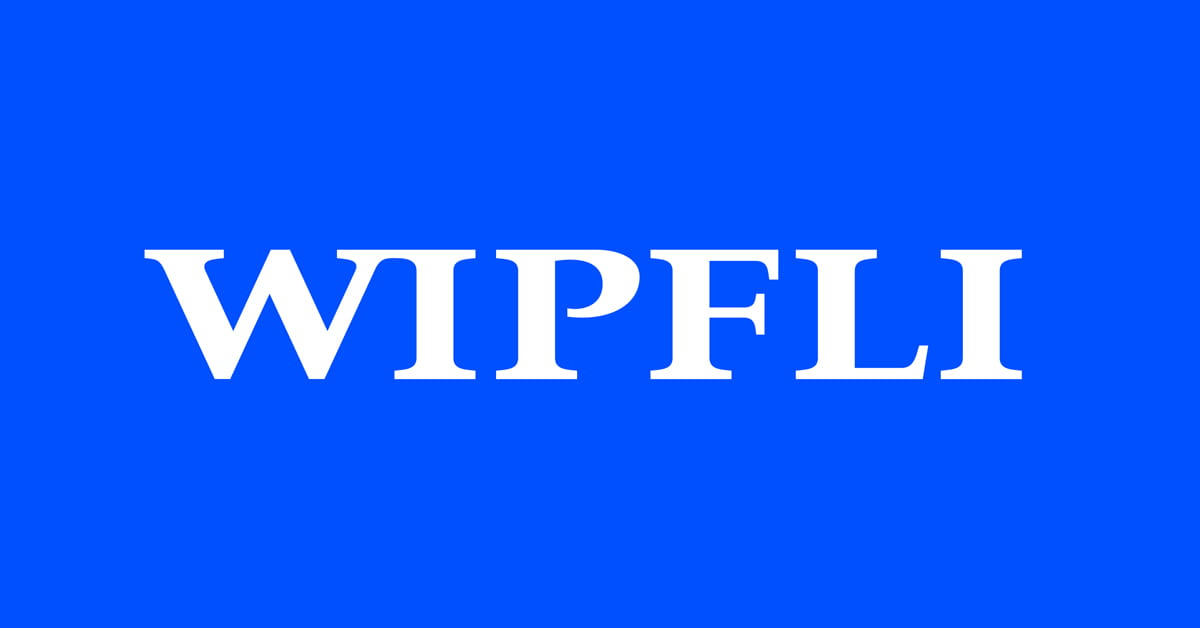Policies and impacts of Trump’s education agenda

Understanding the impact on Pre-K through 12 and post-secondary education
In January, President Trump issued a directive to pause federal grants and loans across various sectors, including education, to ensure alignment with his administration’s policies. A federal judge temporarily blocked the freeze, and Trump later rescinded the budget memo. Despite the reversal, federal agencies were instructed to review budget allocations to ensure compliance with recent executive orders — which have been issued swiftly, broadly and often light on details.
Staff at the Department of Education must determine how executive actions on various issues — from AI to immigration — could affect classrooms and campuses.
Here’s what we currently know:
Executive actions in education
On the campaign trail, Trump spoke about dismantling the Department of Education and redistributing its responsibilities to state and local authorities. Nothing so grand has been initiated yet, but Trump did issue two executive orders aimed at restructuring the federal government’s role in higher education.
On January 29, one executive order directed agencies to explore ways to expand school choice; another mandated them to develop strategies to eliminate “radical indoctrination” in schools. Under Trump, the Department of Education also removed the “book ban coordinator” position and dismissed complaints about certain literature being removed from public schools.
Trump nominated Linda McMahon, cofounder of World Wrestling Entertainment and former Administrator of the Small Business Administration, to lead the Department of Education. Her nomination is pending without a scheduled hearing. McMahon is known for supporting school choice initiatives, such as charter schools and voucher programs.
Ripple effects in education
While most of Trump’s executive actions were issued with broad intent, they have cascading effects on schools and educators.
For example, the executive order titled “Ending Illegal Discrimination and Restoring Merit-Based Opportunity” terminated policies, programs and activities related to diversity, equity and inclusion (DEI). The Attorney General and Secretary of Education were given 120 days to create compliance guidance for federally funded institutions. The directive could have widespread effects on funding, hiring, curricula and data policies, to name only a few.
Similarly, schools may need to review their data privacy policies if immigration enforcement efforts lead to the collection or sharing of student information (a direction Oklahoma is moving toward). Trump also rolled back funding for clean energy initiatives and credits, which some schools rely on to finance capital projects or lower operational costs.
Here are nine key issues to watch:
1. Inclusion and anti-discrimination
The Department of Education was also directed to rescind guidance that extended Title IX protections to include sexual orientation and gender identity. This is a significant shift from policies aimed at promoting inclusion and anti-discrimination in education.
2. Digital learning standards
If the Trump administration decentralizes educational authority, responsibility for setting digital learning standards may fall to state and local agencies. While this could drive innovation in digital learning tools, it may also create challenges related to equity and consistency. It could lead to an array of state and local standards that reflect different regional priorities and resources.
3. Mental health and wellbeing
The administration disbanded the Federal School Safety Clearinghouse External Advisory Board, which was newly formed to set best practices for school safety. The board included school safety experts, educators, civil rights advocates and parents of children who died in school shootings. Without it, some fear mental health resources will be absent from security measures and other efforts to prevent school violence.
4. Higher education accreditation standards
The administration has proposed an overhaul of the accreditation process for higher education institutions, potentially replacing existing accrediting bodies or transferring accreditation control to state governments.
5. Financial aid
The recent federal spending freeze disrupted education programs nationwide. Pell Grants and student loans are unaffected for now; however, discretionary grants are suspended indefinitely. The administration has also expressed opposition to broad student loan forgiveness initiated under the previous administration.
The FAFSA process is open, and students can still access federal financial aid. However, changes could be coming. The administration has proposed ending government-backed student loans and subsidies altogether, shifting student lending to private banks. It also proposed abolishing programs that forgive loans for borrowers working in public service and restructuring repayment plans.
6. Alternate education models
The administration supports alternative educational paths, including a proposed free, online national university called the “American Academy.” The initiative would be funded by a tax on private universities, with the goal of making education more accessible to Americans. The current proposal lacks sufficient detail to address all the funding, legal and logistical challenges.
Encouraging alternative models could improve accessibility, but it also raises concerns about the consistency and rigor of educational quality. If made a reality, alternative education models could reshape standards and expectations for online education quality and delivery.
7. Faculty credentialing
To date, no executive orders or actions have directly addressed faculty credentialing. However, proposed accreditation changes could affect faculty standards. Trump has also proposed ending teacher tenure and replacing it with merit-based employment practices.
8. International student enrollment
Trump’s immigration policies, including potential restrictions on vias and increased scrutiny of international students, could reduce international student enrollment. Delays and visa denials may discourage prospective students from choosing U.S. institutions.
A decline in international student enrollment could have significant financial consequences for U.S. colleges and universities since these students typically pay full tuition. As a broader economic consequence, these students also pay for housing, food, transportation and other living expenses while in the U.S.
9. Environmental and sustainability policies
Many colleges and universities have integrated sustainability into campus life and operations, and in some cases, even programs and curricula. These institutions may find it challenging to align with new federal policies — and funding requirements — that deprioritize sustainability.
Implications for the education industry
Trump’s education policies aim to decentralize control, promote parental and local involvement, and remove what he considers “ideological biases” from schools. The changes will have long-term consequences. The future of industry, innovation and economic resilience depend on our PK-12 schools and higher education institutions. How the administration reshaped education policy will directly impact America’s competitiveness on the global stage.
How Wipfli can help
Whether you are in PK-12 or post-secondary education, your goals haven’t changed: You’re going to do the best job you can for students and your community, every day, no matter what. Our job is to support you. We can help you navigate changing regulations and new challenges, secure funding and stay compliant. Together, we’ll find effective ways to support students and staff. Visit our education page or contact us to learn more. For continuous updates on administration policies impacting education, follow our policy updates page.




